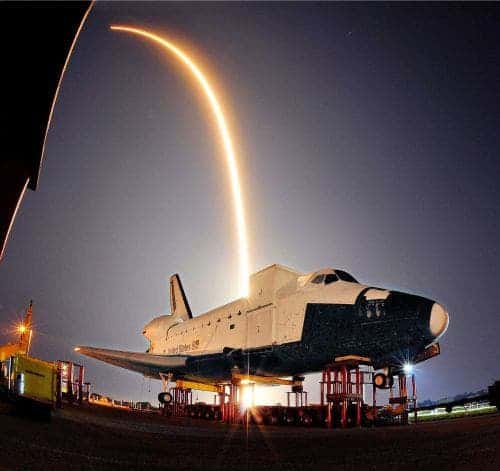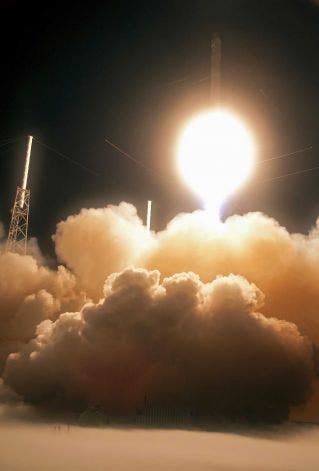
Last Saturday, after many meticulous preparatory stages and a couple of exasperating postponements, SpaceX was set to launch its Falcon 9 rocket, along with its Dragon capsule filled with food, supplies and science experiments destined for the International Space Station. A faulty valve, however, signaled officials to abort the launch with just ONE second to go.
Years and years of research and preparation might have ended in a disaster, however it seems all these past precautions were for the best. Today, the Falcon 9 launched without a breeze from the launch site at Cape Canaveral Air Force Station in Florida.
SpaceX’s Elon Musk tweeted, “Dragon spaceship opens the navigation pod bay door without hesitation. So much nicer than HAL9000 #DragonLaunch.”
It marks the third launch of the Falcon 9 rocket; the second launch of the Dragon capsule, the first with components needed for space station docking; and one of 12 planned SpaceX flights to the International Space Station. Definitely today signals the beginning of a new era of spaceflight, one in which private companies are herald to dominate the sub-orbital space launch scene.

The SpaceX launch solutions are the most affordable cost/performance when compared with its current competitors. The reusable Dragon is also significantly cheaper than European, Russian or Chinese spacecrafts. The cargo version of the Dragon is very different from the manned version expected to begin launching humans to orbit in a few years.
Besides SpaceX, expect other companies to join sub-orbit launches carrying important cargo, and even astronauts, in the near future. Jeff Bezos’ Blue Origin, Sir Richard Branson’s Virgin Galactic, ATK (Alliant Techsystems Inc.) which plans to use its Liberty rocket to launch humans into orbit by 2015 or Planetary Resources’ daring plan of traveling to an asteroid and mining it.
Soon, free of sub-orbital launch duties, NASA will finally be able to concentrate on high-load carrying propulsion solutions which might finally bring man back on the moon and, hopefully, on Mars.






